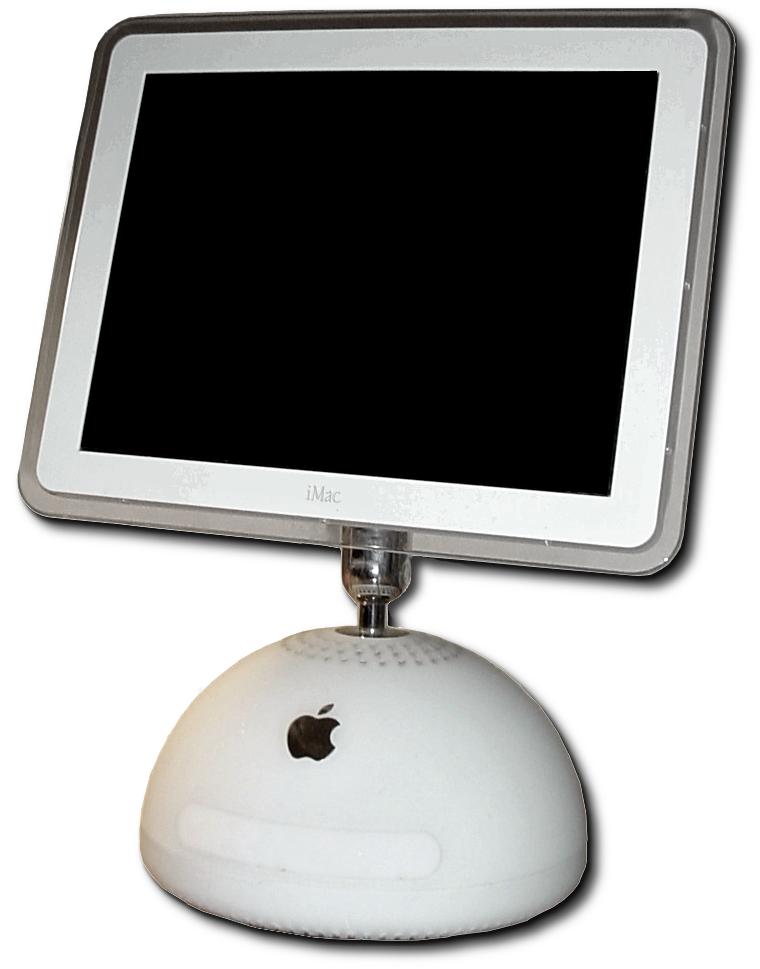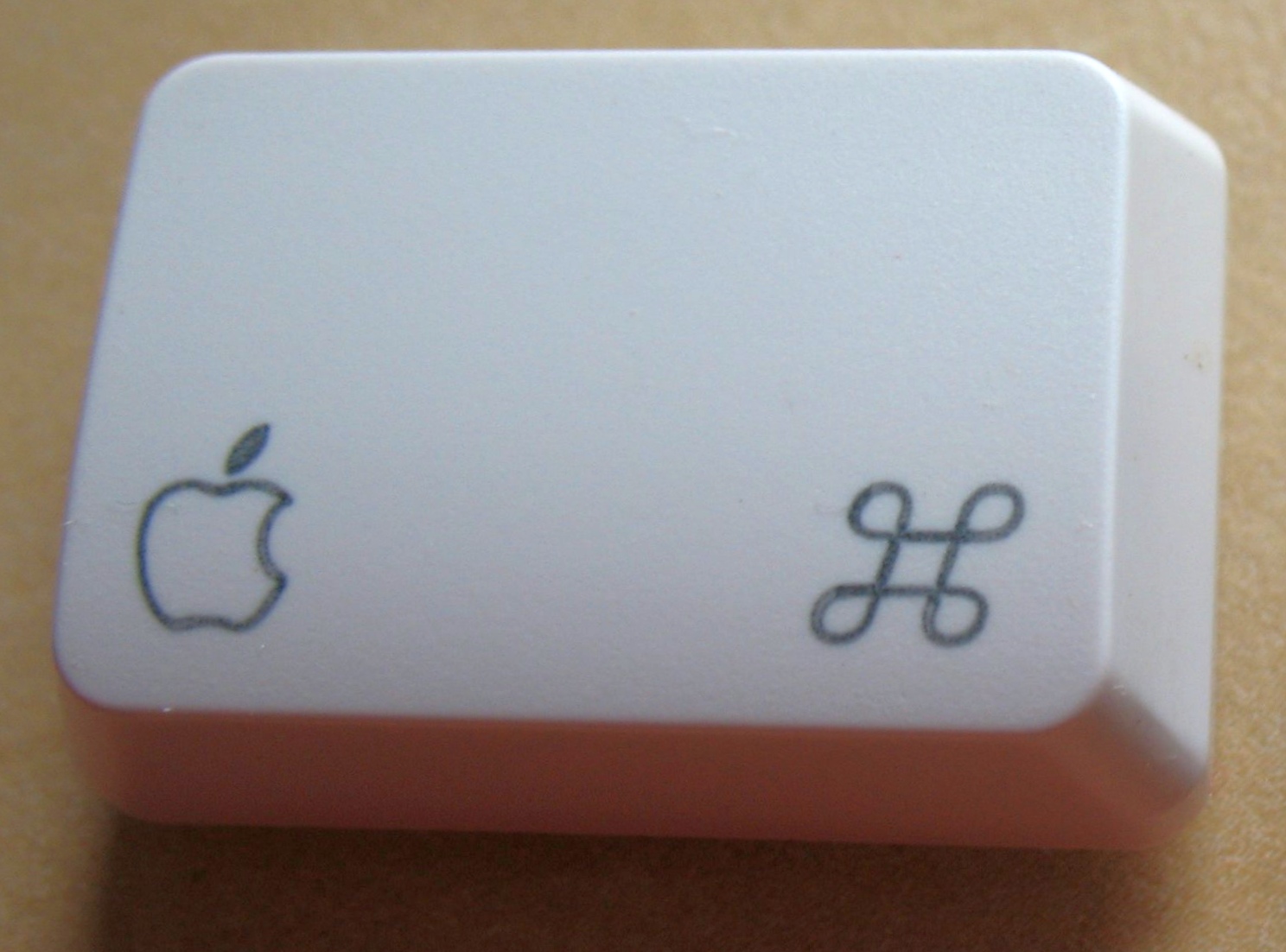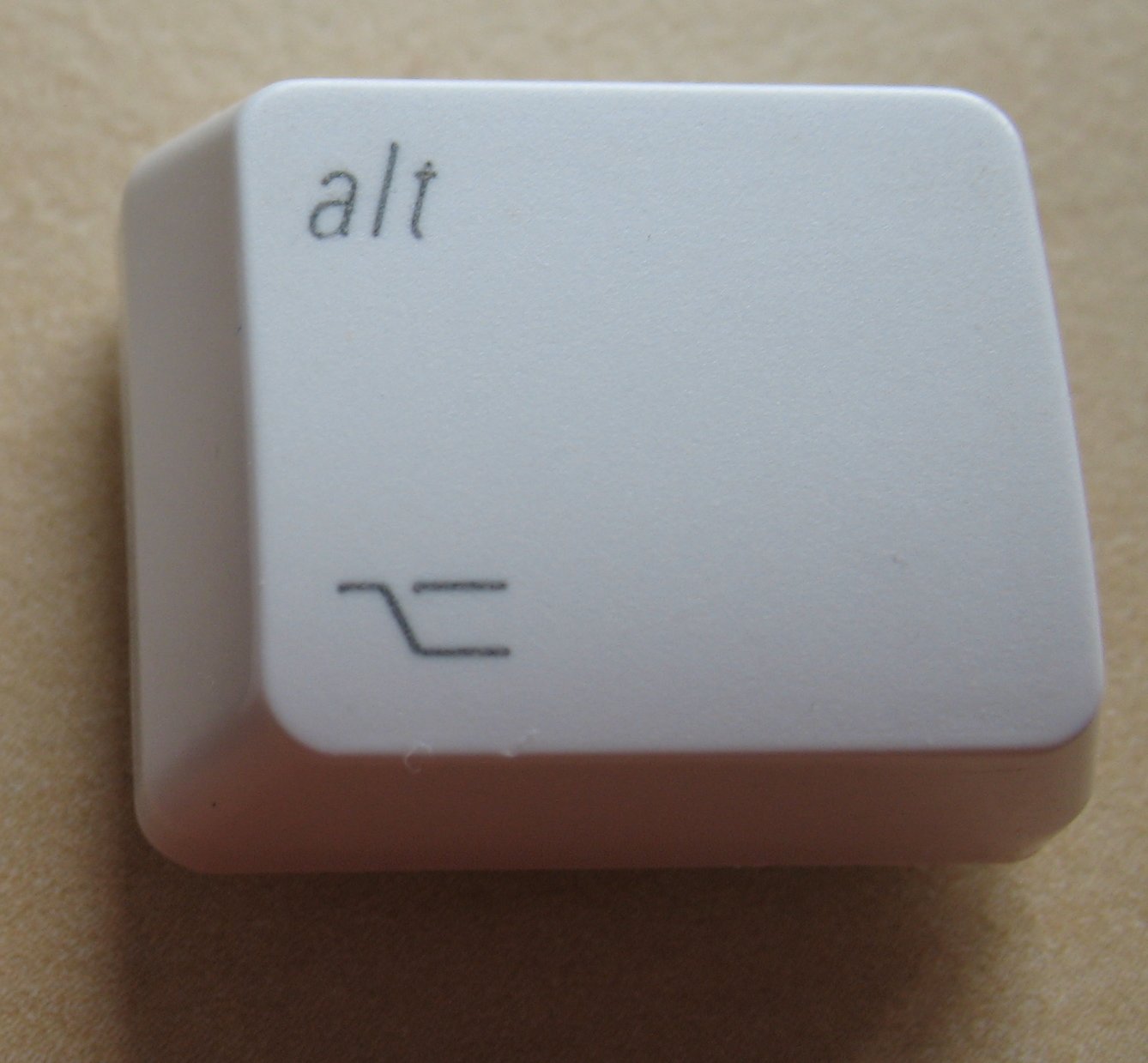|
IMac G4
The iMac G4 is an all-in-one personal computer designed, manufactured, and sold by Apple Computer from January 2002 to August 2004. It replaced the iMac G3 and was succeeded by the iMac G5. Design and marketing The iMac G4 featured an LCD mounted on an adjustable arm above a hemisphere containing a full-size, tray-loading optical drive and a fourth-generation PowerPC G4 74xx-series processor. The internals such as the hard drive and motherboard were placed in the "dome" instead of the LCD panel as it would be too heavy. The arm allowed the display to hold almost any angle around the dome-shaped bottom. The iMac G4 was sold only in white, and was not translucent like the iMac G3. The machine was sold with the ice-white Apple Pro Keyboard and Apple Pro Mouse, which were later redesigned and renamed the Apple Keyboard and Apple Mouse, respectively. Optional Apple Pro Speakers, which were better quality than the internal speakers, were also available. The Apple Pro Spe ... [...More Info...] [...Related Items...] OR: [Wikipedia] [Google] [Baidu] |
IMac G4 Sunflower7
iMac is a family of all-in-one Mac desktop computers designed and built by Apple Inc. It has been the primary part of Apple's consumer desktop offerings since its debut in August 1998, and has evolved through seven distinct forms. In its original form, the iMac G3 had a gumdrop or egg-shaped look, with a CRT monitor, mainly enclosed by a colored, translucent plastic case, which was refreshed early on with a sleeker design notable for its slot-loaded optical drive. The second major revision, the iMac G4, moved the design to a hemispherical base containing all the main components and an LCD monitor on a freely moving arm attached to it. The third and fourth major revisions, the iMac G5 and the Intel iMac respectively, placed all the components immediately behind the display, creating a slim unified design that tilts only up and down on a simple metal base. The fifth major revision (mid-2007) shared the same form as the previous model, but was thinner and used anodized a ... [...More Info...] [...Related Items...] OR: [Wikipedia] [Google] [Baidu] |
Bluetooth
Bluetooth is a short-range wireless technology standard that is used for exchanging data between fixed and mobile devices over short distances and building personal area networks (PANs). In the most widely used mode, transmission power is limited to 2.5 milliwatts, giving it a very short range of up to . It employs UHF radio waves in the ISM bands, from 2.402GHz to 2.48GHz. It is mainly used as an alternative to wire connections, to exchange files between nearby portable devices and connect cell phones and music players with wireless headphones. Bluetooth is managed by the Bluetooth Special Interest Group (SIG), which has more than 35,000 member companies in the areas of telecommunication, computing, networking, and consumer electronics. The IEEE standardized Bluetooth as IEEE 802.15.1, but no longer maintains the standard. The Bluetooth SIG oversees development of the specification, manages the qualification program, and protects the trademarks. A manufacturer must meet ... [...More Info...] [...Related Items...] OR: [Wikipedia] [Google] [Baidu] |
Mac OS X Leopard
Mac OS X Leopard (version 10.5) is the sixth software versioning, major release of macOS, Apple Inc., Apple's desktop and server operating system for Macintosh computers. Leopard was released on October 26, 2007 as the successor of Mac OS X Tiger, Mac OS X 10.4 Tiger, and is available in two editions: a Desktop computer, desktop version suitable for personal computers, and a Server (computing), server version, Mac OS X Server. It retailed for $129 for the desktop version and $499 for Server. Leopard was superseded by Mac OS X Snow Leopard, Snow Leopard (version 10.6) in 2009. Leopard is the final version of macOS to support the PowerPC architecture as Snow Leopard functions solely on Intel based Macs. According to Apple, Leopard contains over 300 changes and enhancements compared to its predecessor, Mac OS X Tiger, covering core operating system components as well as included applications and developer tools. Leopard introduces a significantly revised desktop, with a redesigned ... [...More Info...] [...Related Items...] OR: [Wikipedia] [Google] [Baidu] |
Dashboard (Mac OS)
Dashboard is a discontinued feature of Apple Inc.'s macOS operating systems, used as a secondary desktop for hosting mini-applications known as widgets. These are intended to be simple applications that do not take time to launch. Dashboard applications supplied with macOS included a stock ticker, weather report, calculator, and notepad; while users could create or download their own. Before Mac OS X 10.7 Lion, when Dashboard is activated, the user's desktop is dimmed and widgets appear in the foreground. Like application windows, they can be moved around, rearranged, deleted, and recreated (so that more than one of the same Widget is open at the same time, possibly with different settings). New widgets can be opened, via an icon bar on the bottom of the layer, loading a list of available apps similar to the iOS homescreen or the macOS Launchpad. After loading, the widget is ready for use. Dashboard was first introduced in Mac OS X 10.4 Tiger. It can be activated as an ap ... [...More Info...] [...Related Items...] OR: [Wikipedia] [Google] [Baidu] |
Mac OS X
macOS (; previously OS X and originally Mac OS X) is a Unix operating system developed and marketed by Apple Inc. since 2001. It is the primary operating system for Apple's Mac computers. Within the market of desktop and laptop computers it is the second most widely used desktop OS, after Microsoft Windows and ahead of ChromeOS. macOS succeeded the classic Mac OS, a Mac operating system with nine releases from 1984 to 1999. During this time, Apple cofounder Steve Jobs had left Apple and started another company, NeXT, developing the NeXTSTEP platform that would later be acquired by Apple to form the basis of macOS. The first desktop version, Mac OS X 10.0, was released in March 2001, with its first update, 10.1, arriving later that year. All releases from Mac OS X 10.5 Leopard and after are UNIX 03 certified, with an exception for OS X 10.7 Lion. Apple's other operating systems ( iOS, iPadOS, watchOS, tvOS, audioOS) are derivatives of macOS. A promine ... [...More Info...] [...Related Items...] OR: [Wikipedia] [Google] [Baidu] |
Apple Pro Speakers
Apple Inc. has produced and sold numerous music and multimedia speakers, available for standalone purchase and bundled with Macintosh products. Plug-and-play speakers Bose RoomMate speakers In September 1986, Apple sold a special edition of the Bose RoomMate speakers for the Apple IIGS computer–which sported a built-in Ensoniq synthesizer chip with optional stereo sound. The front grille each of speaker had the "Bose" logo inside a black rectangle, and the official rainbow Apple logo in a square next to it. The speakers matched the platinum gray color scheme introduced with the IIGS that year. Later editions of the speakers, likely for legal issues pertaining to Apple Records, replaced the Apple shaped logo with a rainbow colored square, and eventually removed any Apple reference entirely. The powered speakers lacked a variable volume knob or magnetic shielding (a warning label stated to keep it distanced from the CRT and magnetic storage) and retailed for US$229.99. Although pr ... [...More Info...] [...Related Items...] OR: [Wikipedia] [Google] [Baidu] |
Apple Mouse
Apple Inc. has designed and manufactured several models of mice, trackpads and other pointing devices, primarily for use with Macintosh computers. Over the years, Apple has maintained a distinct form and function with its mice that reflect their design languages of that time. Apple's current external pointing devices are the Magic Mouse 2 and Magic Trackpad 2. Mice Mice manufactured by Apple previously only had a single button control interface, until the Mighty Mouse in 2005, which introduced a clickable scroll ball and multiple programmable buttons. Mice made by Apple contained a ball-tracking control mechanism, until the Pro Mouse in 2000 when Apple moved to an optical-based tracking mechanism. Apple's current mouse, the Magic Mouse 2, uses laser tracking. Background In 1979, Apple was planning to develop a business computer, and arranged a visit with the Xerox Parc research center to view some of their experimental technology. It was there they discovered the mouse ... [...More Info...] [...Related Items...] OR: [Wikipedia] [Google] [Baidu] |
Apple Keyboard
Apple Inc. has designed and released dozens of keyboard models since the introduction of the Apple II in 1977. The current models in use are dual-mode (Bluetooth and USB) keyboards with integrated batteries: Magic Keyboard (silver only), and Magic Keyboard with Numeric Keypad (silver or space gray). Both share a similar look and feel, based on a very thin aluminum chassis and laptop-style low-profile keys, sitting much closer to the tabletop than traditional keyboard designs. Layout To serve the functionality of the Macintosh operating systems (and because of historical differences), the Apple Keyboard's layout differs somewhat from that of the ubiquitous IBM PC keyboard, mainly in its modifier and special keys. Some of these keys have unique symbols defined in the Unicode block Miscellaneous Technical. Features different from other keyboards include: * The ''Command'' key ( ⌘), used in most Mac keyboard shortcuts. The key functions as a Meta key or Super key in ... [...More Info...] [...Related Items...] OR: [Wikipedia] [Google] [Baidu] |
Apple Pro Mouse
Apple Inc. has designed and manufactured several models of mice, trackpads and other pointing devices, primarily for use with Macintosh computers. Over the years, Apple has maintained a distinct form and function with its mice that reflect their design languages of that time. Apple's current external pointing devices are the Magic Mouse 2 and Magic Trackpad 2. Mice Mice manufactured by Apple previously only had a single button control interface, until the Mighty Mouse in 2005, which introduced a clickable scroll ball and multiple programmable buttons. Mice made by Apple contained a ball-tracking control mechanism, until the Pro Mouse in 2000 when Apple moved to an optical-based tracking mechanism. Apple's current mouse, the Magic Mouse 2, uses laser tracking. Background In 1979, Apple was planning to develop a business computer, and arranged a visit with the Xerox Parc research center to view some of their experimental technology. It was there they discovered the mouse ... [...More Info...] [...Related Items...] OR: [Wikipedia] [Google] [Baidu] |
Apple Pro Keyboard
Apple Inc. has designed and released dozens of keyboard models since the introduction of the Apple II in 1977. The current models in use are dual-mode (Bluetooth and USB) keyboards with integrated batteries: Magic Keyboard (Mac), Magic Keyboard (silver only), and Magic Keyboard with numeric keypad, Numeric Keypad (silver or space gray). Both share a similar look and feel, based on a very thin aluminum chassis and laptop-style low-profile keys, sitting much closer to the tabletop than traditional keyboard designs. Layout To serve the functionality of the Macintosh operating systems (and because of historical differences), the Apple Keyboard's keyboard layout, layout differs somewhat from that of the ubiquitous IBM PC keyboard, mainly in its modifier key, modifier and special keys. Some of these keys have unique symbols defined in the Unicode block Miscellaneous Technical. Features different from other keyboards include: * The ''Command key, Command'' key (⌘), used in most ... [...More Info...] [...Related Items...] OR: [Wikipedia] [Google] [Baidu] |
Liquid Crystal Display
A liquid-crystal display (LCD) is a flat-panel display or other electronically modulated optical device that uses the light-modulating properties of liquid crystals combined with polarizers. Liquid crystals do not emit light directly but instead use a backlight or reflector to produce images in color or monochrome. LCDs are available to display arbitrary images (as in a general-purpose computer display) or fixed images with low information content, which can be displayed or hidden. For instance: preset words, digits, and seven-segment displays, as in a digital clock, are all good examples of devices with these displays. They use the same basic technology, except that arbitrary images are made from a matrix of small pixels, while other displays have larger elements. LCDs can either be normally on (positive) or off (negative), depending on the polarizer arrangement. For example, a character positive LCD with a backlight will have black lettering on a background that is the c ... [...More Info...] [...Related Items...] OR: [Wikipedia] [Google] [Baidu] |
IMac G4 Generations
iMac is a family of all-in-one Mac desktop computers designed and built by Apple Inc. It has been the primary part of Apple's consumer desktop offerings since its debut in August 1998, and has evolved through seven distinct forms. In its original form, the iMac G3 had a gumdrop or egg-shaped look, with a CRT monitor, mainly enclosed by a colored, translucent plastic case, which was refreshed early on with a sleeker design notable for its slot-loaded optical drive. The second major revision, the iMac G4, moved the design to a hemispherical base containing all the main components and an LCD monitor on a freely moving arm attached to it. The third and fourth major revisions, the iMac G5 and the Intel iMac respectively, placed all the components immediately behind the display, creating a slim unified design that tilts only up and down on a simple metal base. The fifth major revision (mid-2007) shared the same form as the previous model, but was thinner and used anodized a ... [...More Info...] [...Related Items...] OR: [Wikipedia] [Google] [Baidu] |


.jpg)




